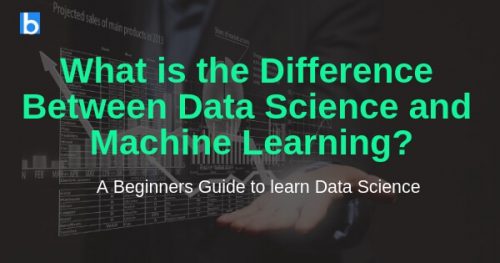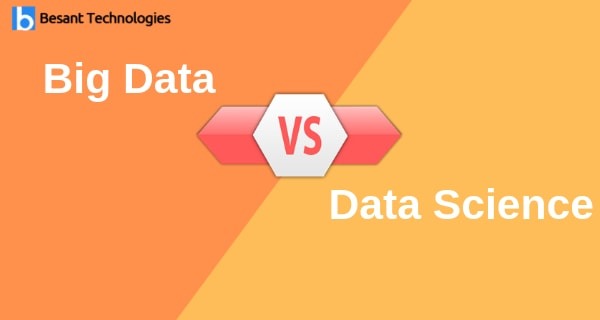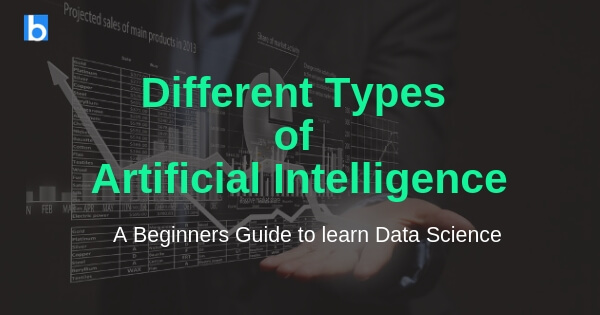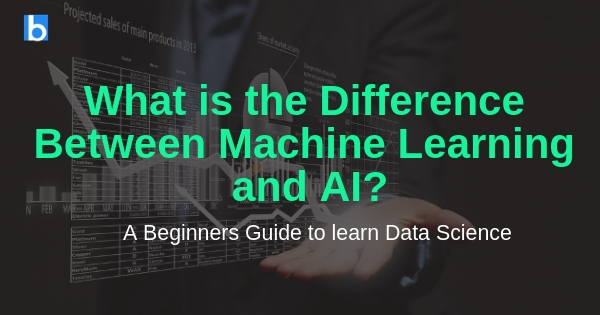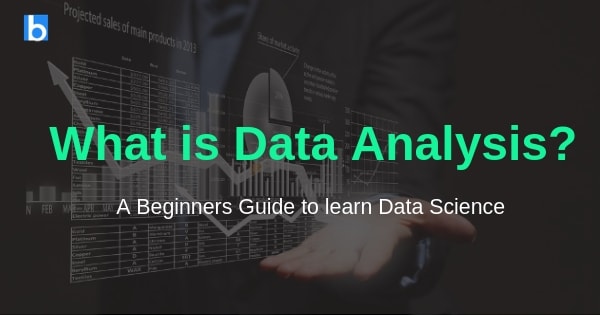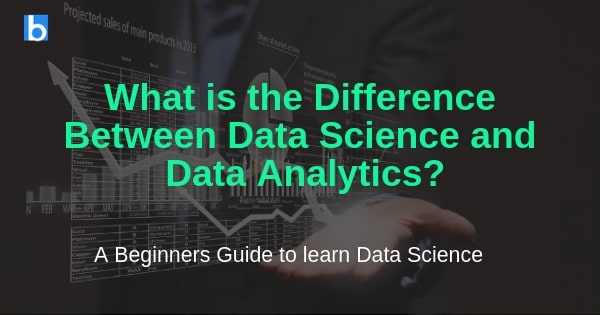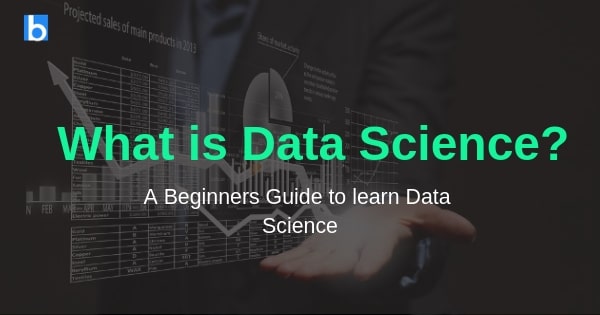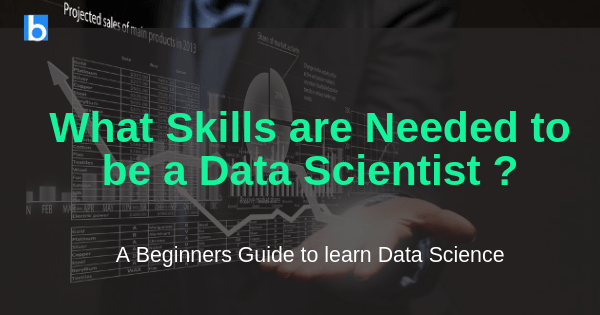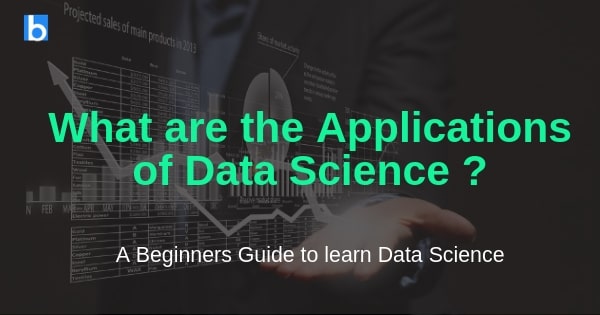One of the most common confusions arises among modern technologies, such as artificial intelligence, machine learning, big data, information science, deep learning and more. While all are closely interconnected, each has a different purpose and functionality. In recent years, the popularity of these technologies has increased to such an extent that several companies have now realized their importance in massive levels and increasingly seek to implement them for the growth of their business.
However, among the aspirants, it seems that there are clouds of misconceptions around these various technologies. This publication will help you to have a clear idea of what the two diverse but closely associated technologies are.
Data science
In short, the science of data is the processing and analysis of data that you generate for various knowledge that will serve a wide variety of commercial purposes. For example, when you log in to Amazon and browse some products or categories, you are generating data. This data will be used by a data scientist in the backend to understand his behaviour and push his ads and redirected offers to buy what he sought. This is one of the simplest implementations of data science and it becomes more complex in terms of concepts such as cart abandonment and more.
Data science involves the processes of
- Data extraction
- Data cleaning
- Analysis
- Display
- And a generation of actionable ideas.
A data scientist is responsible for being as inquisitive as possible with the data set at hand to make the most bizarre commercial connection. Tons of perceptions go unnoticed in large amounts of data and it is the science of data that sheds new light on areas such as customer behaviour, operational deficiencies, supply chain cycles, predictive analysis and more. The science of information is crucial for companies to retain their clients and remain in the market.
Become a Data Science Certified Expert in 25Hours
Machine learning
For a simple understanding, understand that machine learning is part of data science. Draw aspects of statistics and algorithms to work with the data generated and extracted from multiple resources. What happens most often is that the data is generated in massive volumes and it becomes totally tedious for a data scientist to work on them. It is then when the automatic learning enters in action. Machine learning is the ability given to a system to learn and process datasets autonomously without human intervention. This is achieved through complex algorithms and techniques such as regression, supervised grouping, naive Bayes and more. One of the simplest applications of machine learning can be found on Netflix, where after watching a couple of series of televisions or movies, you can find the website that recommends programs and movies according to your preferences, tastes and interests.
Become a Data Science Expert with Certification in 25Hours
The key difference between Data Science and Machine Learning
Below is the difference between Data Science and Machine Learning:
- Components: As mentioned above, Data Science systems cover the entire data lifecycle and generally have components to cover the following:
- Collection and creation of data profiles: ETL channels (transformation load by extraction) and profile creation work
- Distributed computing: horizontally scalable data distribution and processing
- Automated intelligence: automated ML models for online responses (forecasting, recommendations) and fraud detection.
- Data visualization: explore the data visually for better insight into the data. The integral part of ML modeling.
- Boards and BI: pre-defined boards with partitioning capability and data for those interested in the higher level.
- Data Engineering: Ensure that hot and cold data is always accessible. Copies data backup, security, disaster recovery
- Implementation in production mode: migrate the system to production with industry standard practices.
- Automated decisions: This includes executing the business logic in the data or a complex mathematical model trained with any ML algorithm.
Become a Data Science Expert with Certification in 25Hours
Machine Learning modeling begins with the existence of the data and the typical components are as follows:
- Understand the problem: Make sure that the effective way to solve the problem is ML. Keep in mind that not all problems are solved using ML.
- Explore data: For an intuition of the functions that will be used in the ML model. This may require more than one iteration. Data visualization plays a key role here.
- Prepare the data: This is an important step with a high impact on the accuracy of the ML model. Does the data problem address what to do with missing data for a characteristic? Replace with a dummy value such as zero, or the mean of other values or remove the characteristic of the template? Scaling features, which ensure that all feature values are in the same range, are critical to many ML models. Many other techniques are also used here, such as the generation of polynomial characteristics to derive new resources.
- Select a model and a train: The model is selected according to a type of problem (prediction or classification, etc.) and the type of resource set (some algorithms work with a small number of cases with a large number of resources and others in other cases)).
- Performance measurement: In Data Science, performance measures are not standardized, they will be changed on a case-by-case basis. In general, it will be an indication of the timeliness of the data, the quality of the data, the ability to consult, the limits of competition in accessing the data, the capacity for interactive visualization, etc.
In ML models, the performance measures are very clear. Each algorithm will have a measure to indicate how well or poorly the model describes the training data provided. For example, RME (Root Mean Square Error) is used in Linear Regression as an indication of an error in the model.
- Development methodology: Data Science projects are more aligned as an engineering project with clearly defined milestones. But the ML projects are more research; they start with a hypothesis and try to prove it with the available data.
- Visualization: The Data Science visualization, in general, represents the data directly using any popular graphics such as bar, pie, etc. But in ML, views are also used as a mathematical model of training data. For example, viewing the confusion matrix of a multiclass classification helps to quickly identify false positives and negatives.
- Languages: syntax languages like SQL and SQL (HiveQL, Spark SQL, etc.) are the most used in the world of Data Science. Popular data processing script languages such as Perl, awk, sed are also used. Specific languages of well-supported frameworks are also another widely used category (Java for Hadoop, Scala for Spark, etc.).
Python and R are the most used language in the world of Machine Learning. Today, Python is gaining in strength as new, deep-learning researchers become primarily python users. SQL also plays an important role in the data mining phase of ML.
To getting expert-level training for Data Science Training in your location –Data Science Training in Chennai | Data Science Training in Bangalore | Data Science Training in Pune | Data Science Training in Tambaram
